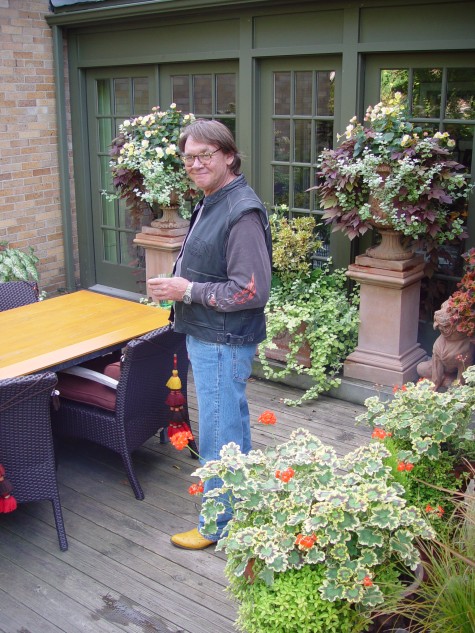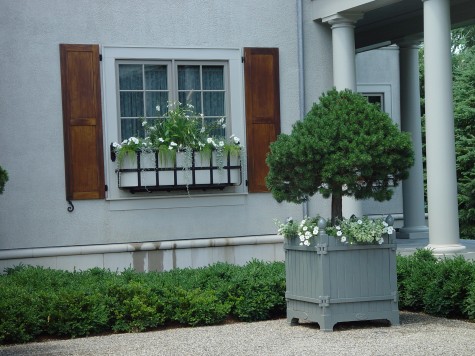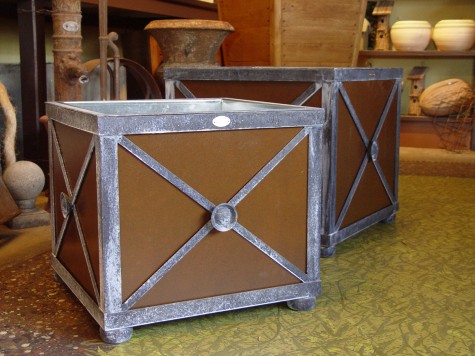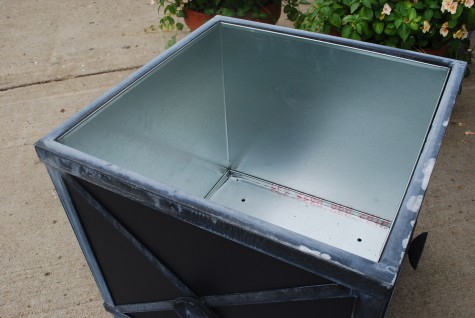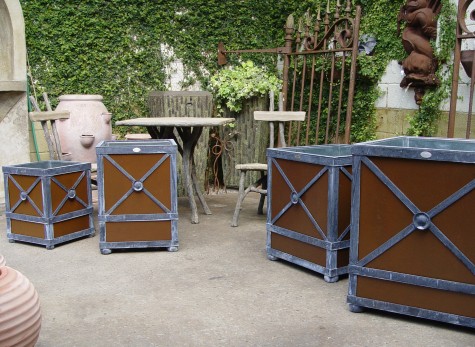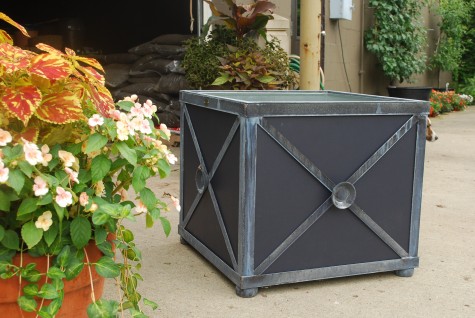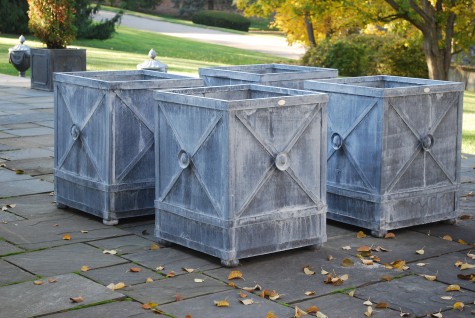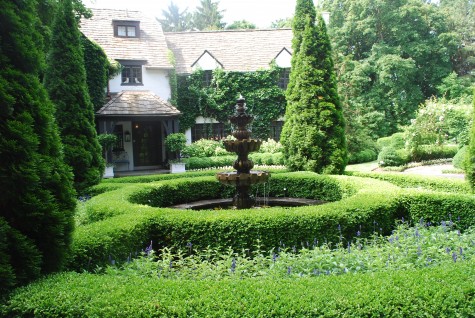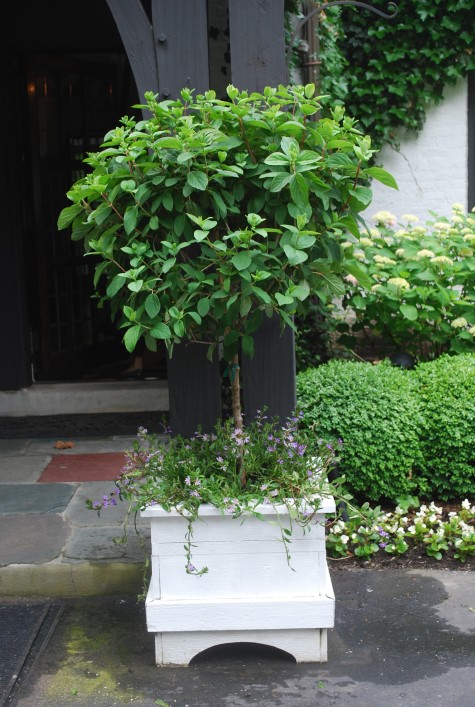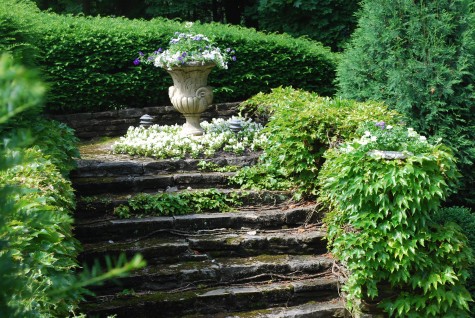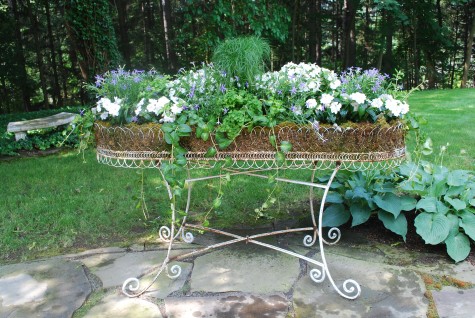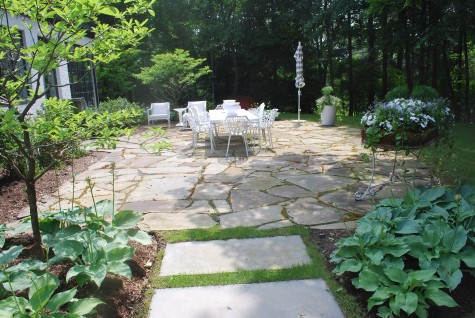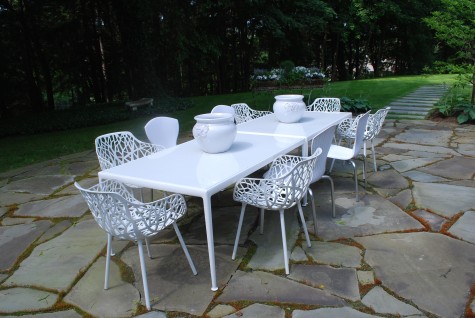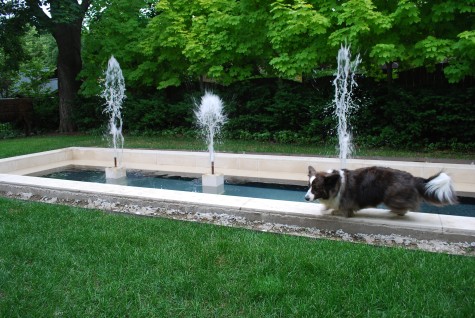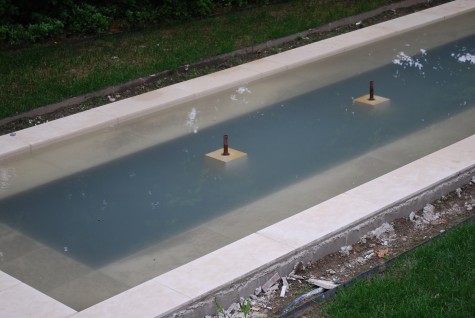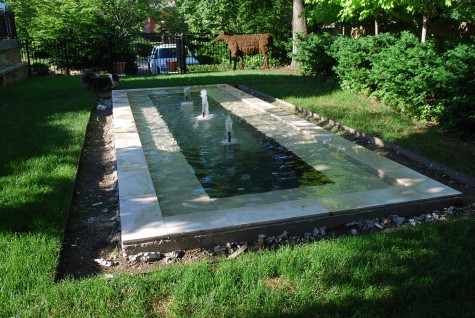I was remiss in one very important regard concerning the development of the Jackie boxes a few days ago. They would not have been possible without Buck. A Saarinen scholar in architecture at Cranbrook Academy of Art in the 70’s, a licensed contractor, and an architect and Director of technical design with Rossetti Architects for years-he agreed to come on at Branch. He makes it possible for me to make the idea of beautiful objects for gardens a reality. Though he has lived in Michigan for over 30 years, he is Texas to the bone. He still has the accent; his southern style language can be better than colorful. He loves anything that goes fast or makes lots of noise; this makes him a Harley guy. Outside of this, he is a very talented CAD designer, and an exactingly precise and formidably talented fabricator. He informs all of my design with a construction process that is solid, durable, true and square. And he is famous with me for having infinite patience, as I struggle trying to put a good design together. I thought I should take some time to talk about some of the things he has made, and how he makes them.
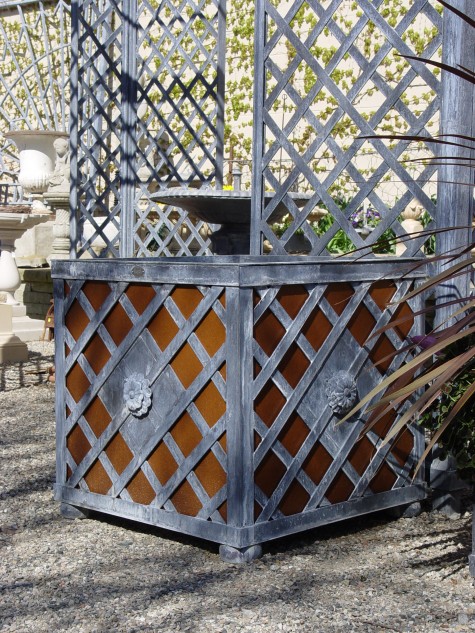
The Jackie box is by no means the only box we manufacture. This lattice box with a diamond medallion and button is a complex box to make, though the general construction is very much the same as the Jackie box. He contructs the size of the lattice based on the overall size of the box. The idea is to represent as many complete diamonds as possible, with no awkward shapes on the frame edges. You can see in this three quarter view that all the partial diamonds match all the way around. The liner in this case is extira board varnished with marine varnish. I like the contrast between the solid steel diamond, and the open latticework diamonds. It is a detailed yet elegant box. Best of all, it is so perfectly contructed no one would notice the construction. Buck has no interest in a slip that shows.
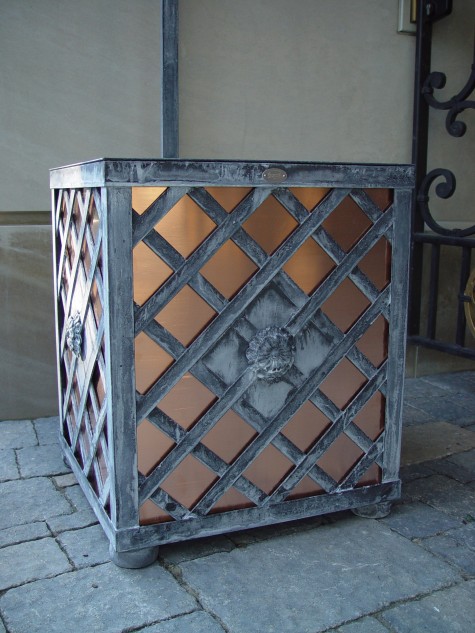 This lattice box, custom made for a client, has a copper liner. The look is much more formal than the extira version, but much the same warm color. Special request from clients, he handles them like the professional that he is. He personally sees to every detail. Every box is tig welded-by Buck. He shepards them through the hot dip galvanizing process. He acid washes them himself. Every box we make-made by hand.
This lattice box, custom made for a client, has a copper liner. The look is much more formal than the extira version, but much the same warm color. Special request from clients, he handles them like the professional that he is. He personally sees to every detail. Every box is tig welded-by Buck. He shepards them through the hot dip galvanizing process. He acid washes them himself. Every box we make-made by hand.
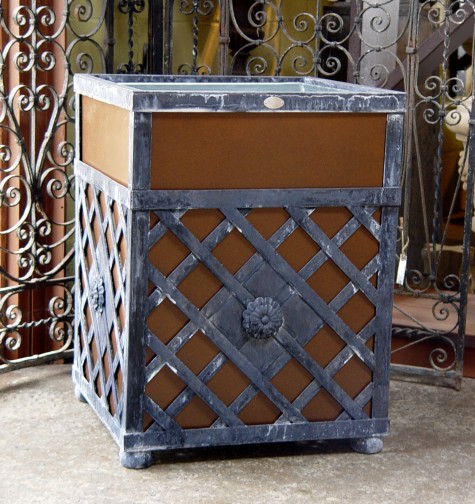 We did make the tall lattice box with the panel at the top; the intricate detail of the lattice welcomes and supports the plain rectangle at the top. This rectangular shape does a great job of making a considerable statement at the front door.
We did make the tall lattice box with the panel at the top; the intricate detail of the lattice welcomes and supports the plain rectangle at the top. This rectangular shape does a great job of making a considerable statement at the front door.
 One season a client requested a cream yellow extira board panels. I followed suit with a planting that celebrated that yellow. In late fall, the extira boards got a coat of dark chocolate paint. What made by hand gets you is the ability to update by hand. This I like.
One season a client requested a cream yellow extira board panels. I followed suit with a planting that celebrated that yellow. In late fall, the extira boards got a coat of dark chocolate paint. What made by hand gets you is the ability to update by hand. This I like.
 Our tall lattice boxes now sport extira panels in a dark blue grey. This color so celebrates the color of the acid washed steel. A dark base color lends importance to the variation in the steel finish color. Acid washing is more than unpredictable. No matter how many tests we make, each run has its own character. Should you like the variability of the color of lead, you will like this finish.
Our tall lattice boxes now sport extira panels in a dark blue grey. This color so celebrates the color of the acid washed steel. A dark base color lends importance to the variation in the steel finish color. Acid washing is more than unpredictable. No matter how many tests we make, each run has its own character. Should you like the variability of the color of lead, you will like this finish.
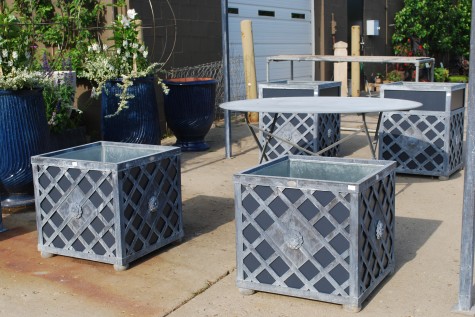
My Jackie box-I hope it is as reserved and beautifully formal as Jackie K. Buck saw to all of the details. The lattice box makes much of every gardener’s love of lattice, and then some. Every single box we have at the shop comes from Buck’s hands. This week-I plan to celebrate that. Buck week.
